The high-tech energy revolution
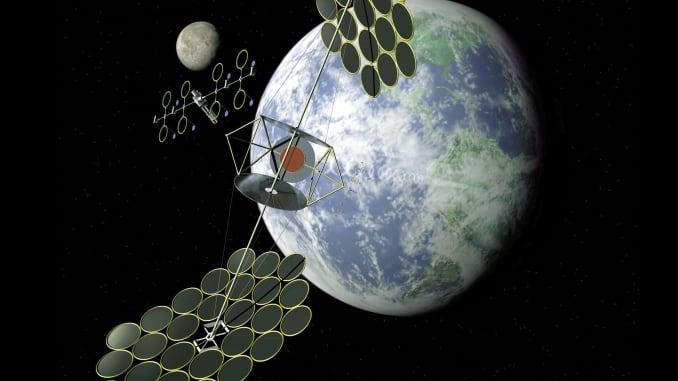
The latest report from the United Nations Intergovernmental Panel on Climate Change (IPCC) released in November did not paint a particularly rosy picture. The global scientific community’s loudest appeal yet for governments around the world to get serious about reducing greenhouse-gas emissions suggested that a failure to cut emissions by percent 40 to 70 percent globally by 2050 will have dire environmental consequences.
Behind-the-scenes academia, research and development labs, and Fortune 500 companies are hard at work developing potential solutions. Some seem like science fiction, and none are silver bullets.
Here is a look at leading innovations that promise to power our future.
—By Clay Dillow, special to CNBC.com
Posted on 25 Nov. 2014
1. Carbon capture and sequestration

While it’s not a power generation technology, carbon capture and sequestration—technologies that allow for the scrubbing of carbon from power plants for storage in underground reservoirs—may finally be coming of age after years of trial and error.
Technology pilot demonstrations at coal-based power plants in places like Australia and the U.S. have sparked new interest in the technology.
The hope is, it could become an enabler for other technologies, such as biomass or algae-based biofuels that produce carbon emissions. That’s because organic fuels pull carbon from the atmosphere before converting it to fuel.
2. NextGen nuclear power
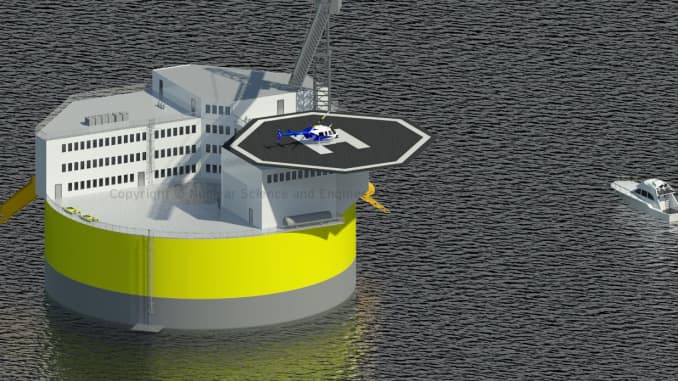
The nuclear power industry has been working on safer technology solutions since the Fukushima nuclear reactor disaster that hit Japan following a major earthquake in 2011.
Concepts so far include nuclear reactors dozens or even hundreds of times smaller and more distributed. Think: warehouse-size nuclear plants that power neighborhoods instead of entire cities. Some of the designs for these modular reactors have passive safety mechanisms built in to reduce the chance of any kind of radiation release that rocked Japan.
Plans are also to develop nuclear reactors offshore, like the floating platforms the oil and gas industry already uses. These would be able to withstand a Category 5 hurricane. Moreover, because the reactor cores would actually be submerged beneath the platform, a fresh supply of cold seawater would always be available to cool the reactor core even in a case of power loss.
3. Nuclear fusion
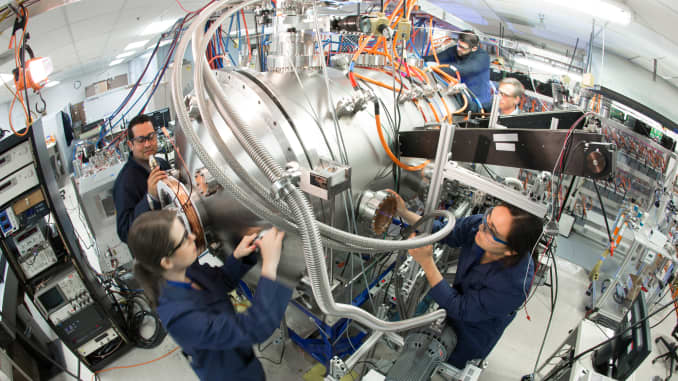
If there’s a Holy Grail of clean-energy generation, it’s nuclear fusion, which promises limitless carbon-free power without producing dangerous nuclear waste. By figuring out how to mimic the same kind of atomic reaction that occurs at the center of the sun in a controlled way, fusion reactors could supply a whole lot of energy with little environmental cost.
While the technology may be 30 years from maturity, defense contractor Lockheed Martin has made inroads. In October its researchers developed a small fusion reactor design—one that might someday fit in a tractor-trailer and produce 100 megawatts of power. The company hopes to have a working prototype in five years and a commercial version within a decade.
4. Offshore wind
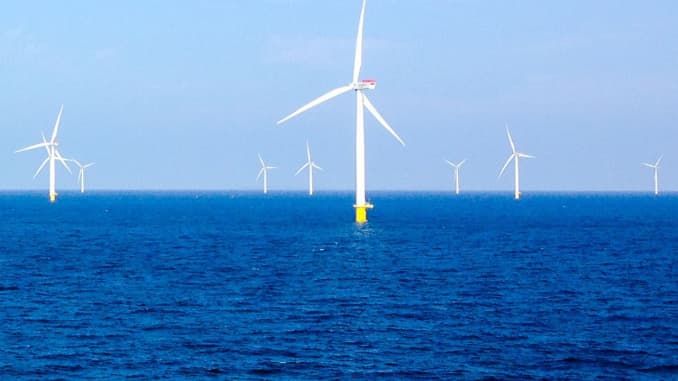
Wind power promises to gain massive adoption in 25 years as advances in turbine blade designs are borrowed from aeronautics technology to derive the maximum amount of energy from each gust of wind.
Wind turbines will also increasingly move offshore, where countries like Denmark are already showing the rest of the world just how effective offshore wind energy can be. Wind power already provides a third of the country’s power and is expected to provide a full 50 percent by 2020.
Offshore installations like the 111-turbine Anholt farm, completed last year, provide some 1.27 gigawatts of power, enough to power well more than 1 million households. And because offshore wind resources tend to blow stronger and more consistently than onshore installations, intermittency is less of a problem.
5. Geothermal
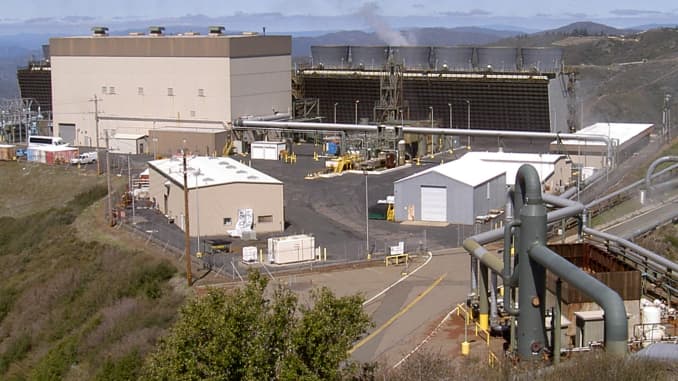
In the decades ahead, geothermal energy is expected to boom as scientists find a commercially viable way to tap energy deep beneath the Earth’s crust.
Overseas, researchers in Iceland have spent several years drilling straight into volcanoes to access very hot water and magma deposits, with an eye toward eventually developing these high-temperature resources into far more prolific geothermal power stations. The goal is to develop more advanced technologies that can be exported in the next decade.
If that research pays off, it could soon be possible to tap much hotter geothermal resources around the globe that can produce 10 times as much energy as today’s geothermal facilities. It might even one day be feasible to drill geothermal wells offshore; researchers estimate that massive stores of heat energy are reachable just 1,000 meters below the seabed at the Juan de Fuca Ridge off the coast of Washington state.
6. Space technologies

Space-based energy technologies—things like harvesting hydrogen from the moon to power fuel cells on Earth, or orbiting solar arrays that absorb around-the-clock direct sunlight and beam the energy back down to stations on the ground via radio or microwaves—remain firmly in the realm of science fiction for now.
Both NASA and the U.S. Naval Research Lab are already investing in the technology that could be commercialized in 25 years. The ongoing private space renaissance that has seen companies like SpaceX trim the cost of launching cargo into orbit bodes well for more ambitious projects in space.
Solaren, a southern California-based start-up, has inked a deal to supply Pacific Gas and Electric with space-based solar power by the end of the decade. Stay tuned.
7. Solar fuels
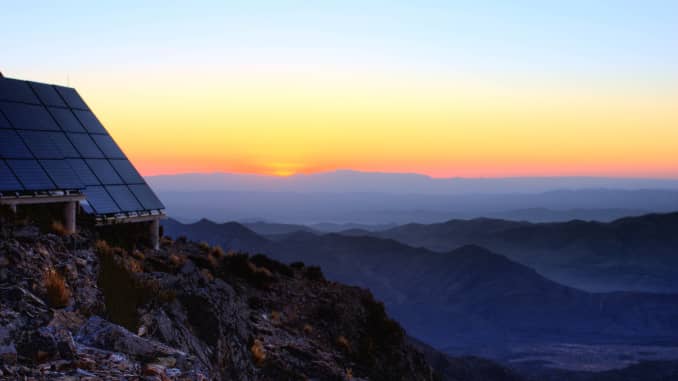
The idea of converting sunlight, water and carbon dioxide into usable chemical energy—that can be stored like gasoline for extended periods of time—has long been a tantalizing target for scientists.
Solar fuels involved taking carbon dioxide captured from the atmosphere and splitting off carbon atoms from those molecules. Then, by breaking hydrogen atoms off from water, you use that carbon and hydrogen to create hydrocarbons—the same chemical entities that make up the fossil fuels we use today. If researchers can find a way to make these chemical reactions work at scale using solar energy as a catalyst, they’d have a way to turn the sun’s energy into a storable medium while recycling carbon dioxide that’s already in the atmosphere back into usable chemical fuel.
The science isn’t quite there yet, but researchers at Harvard’s Nocera Lab, MIT’s Grossman Group and the University of North Carolina’s Energy Frontier Research Center have made strides over the past decade.
https://www.cnbc.com/2014/11/24/7-outrageous-energy-sources-of-the-future.html